Historic rulers with disastrous reigns
History is a rich tapestry of tales woven from the lives of powerful leaders whose reigns were as controversial as they were impactful. From Roman emperors to African dictators, these figures have left an indelible mark on the world. While some were known for their eccentricities, others were infamous for their ruthlessness. Join us on a journey through time as we explore the lives of these historic rulers, whose legacies continue to fascinate and inform us today.
Caligula: The Eccentric Emperor of Rome
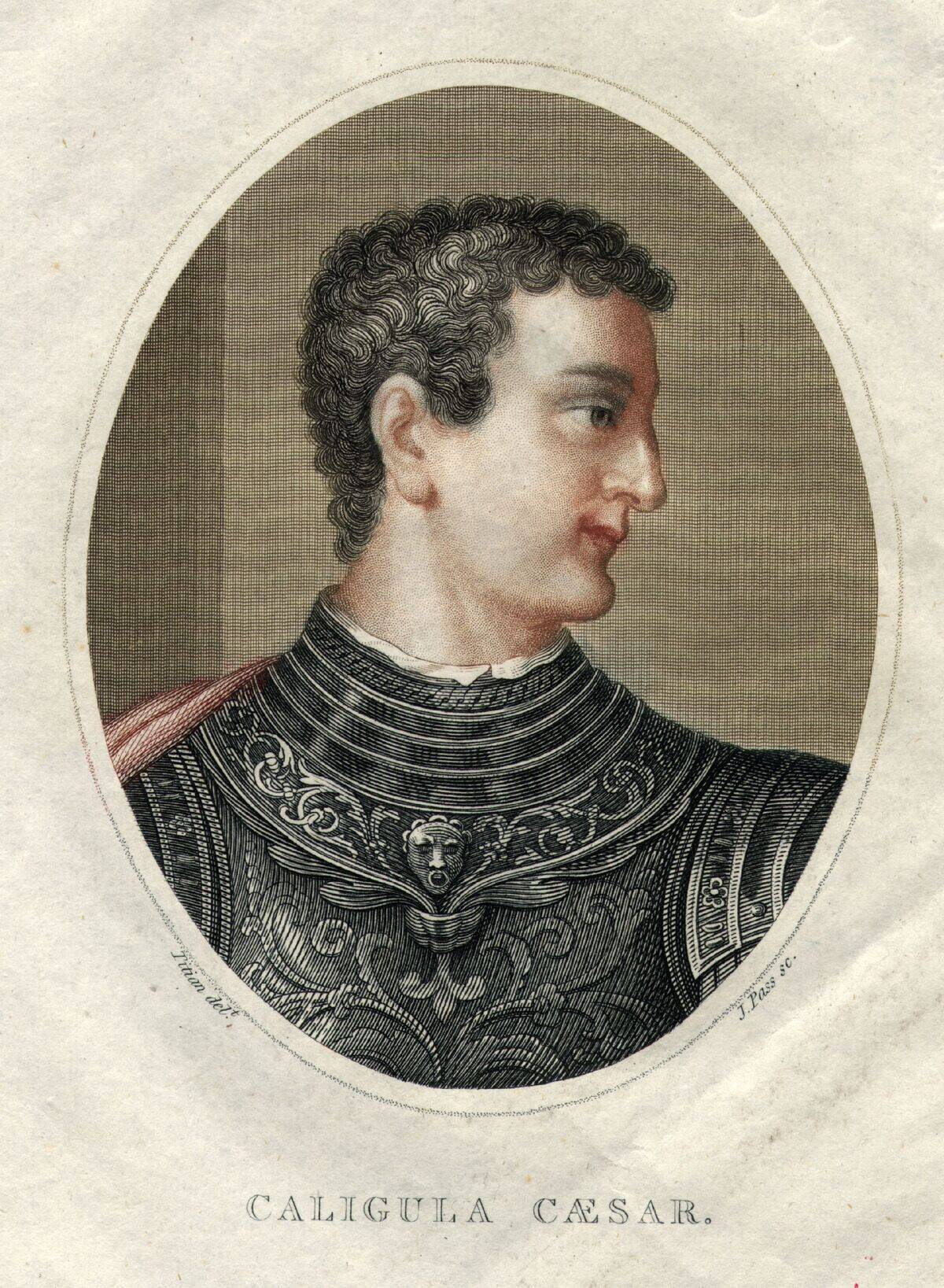
Caligula, officially known as Gaius Julius Caesar Augustus Germanicus, was the third Roman emperor, ruling from AD 37 to 41. His reign is often remembered for its extravagance and bizarre antics, including allegedly planning to make his horse a consul. Although some of these stories are likely exaggerated, they underscore a ruler whose erratic behavior left a lasting impression on Roman history. His assassination by his own guards marked a tumultuous end to his short rule.
Nero: The Emperor Who Fiddled as Rome Burned
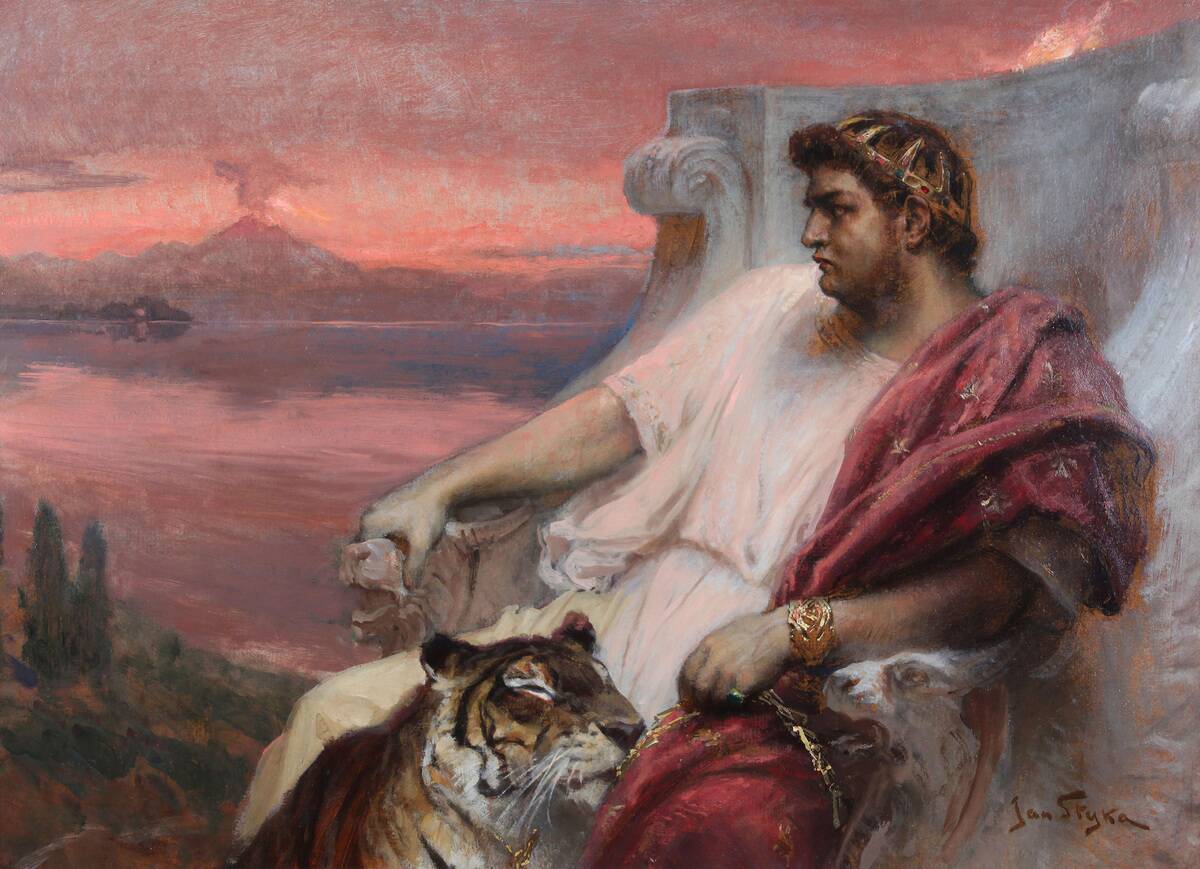
Nero Claudius Caesar Augustus Germanicus, the last emperor of the Julio-Claudian dynasty, is often remembered for the Great Fire of Rome in AD 64. While the legend of Nero playing the fiddle as Rome burned is apocryphal—fiddles didn’t exist at the time—it’s true that he was accused of neglecting his duties during the crisis. His reign was marred by tyranny and extravagance, ultimately leading to his downfall and the end of his family’s dynasty.
King John of England: The Monarch Behind the Magna Carta
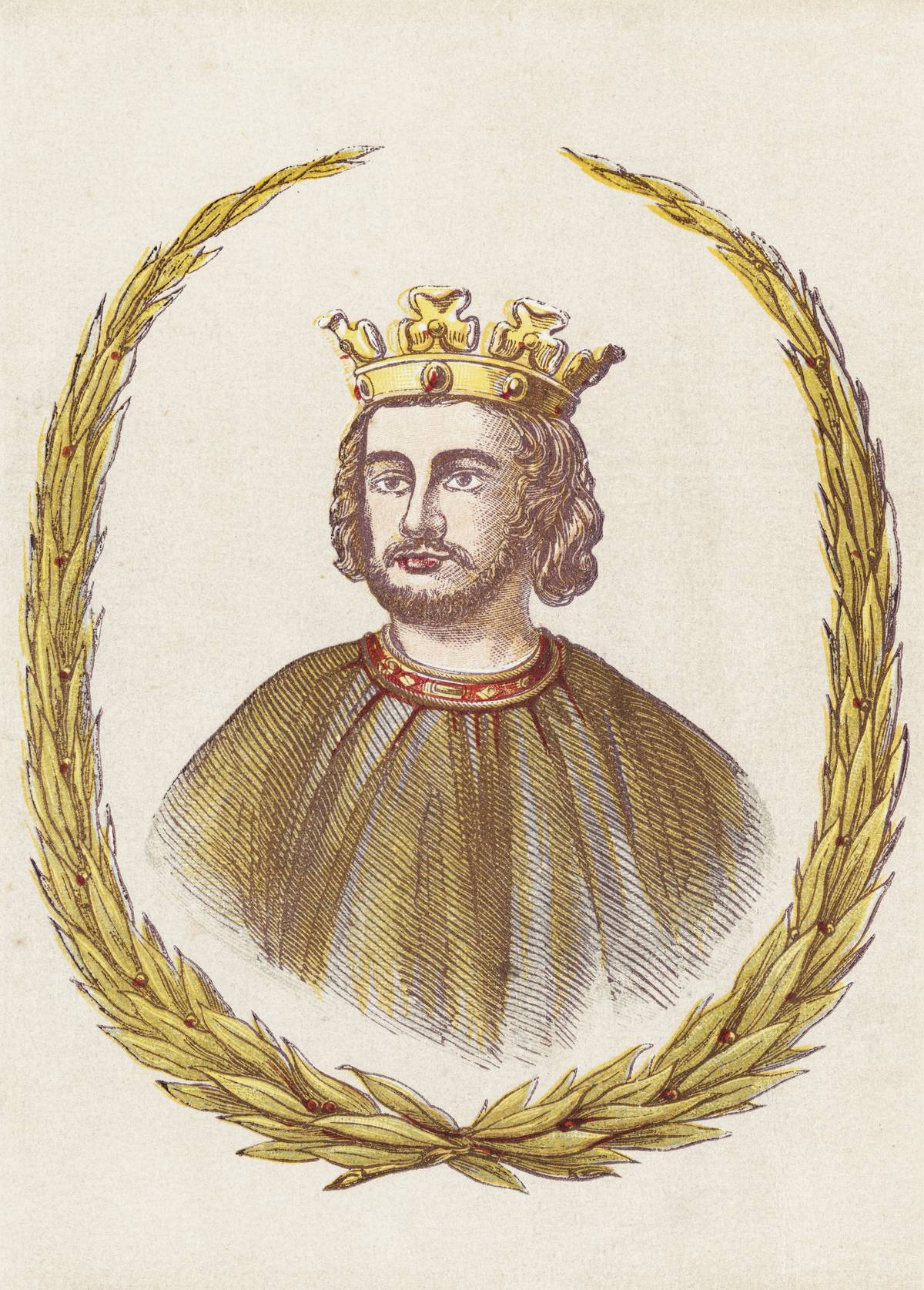
King John of England, who reigned from 1199 to 1216, is often remembered for his role in the creation of the Magna Carta. Known for his inept military leadership and heavy taxation, his reign was marked by conflict with his barons. The Magna Carta, signed in 1215, was a direct result of his oppressive rule and is considered a cornerstone of modern democracy, establishing the principle that the king was not above the law.
Mary, Queen of Scots: A Reign of Intrigue and Misfortune
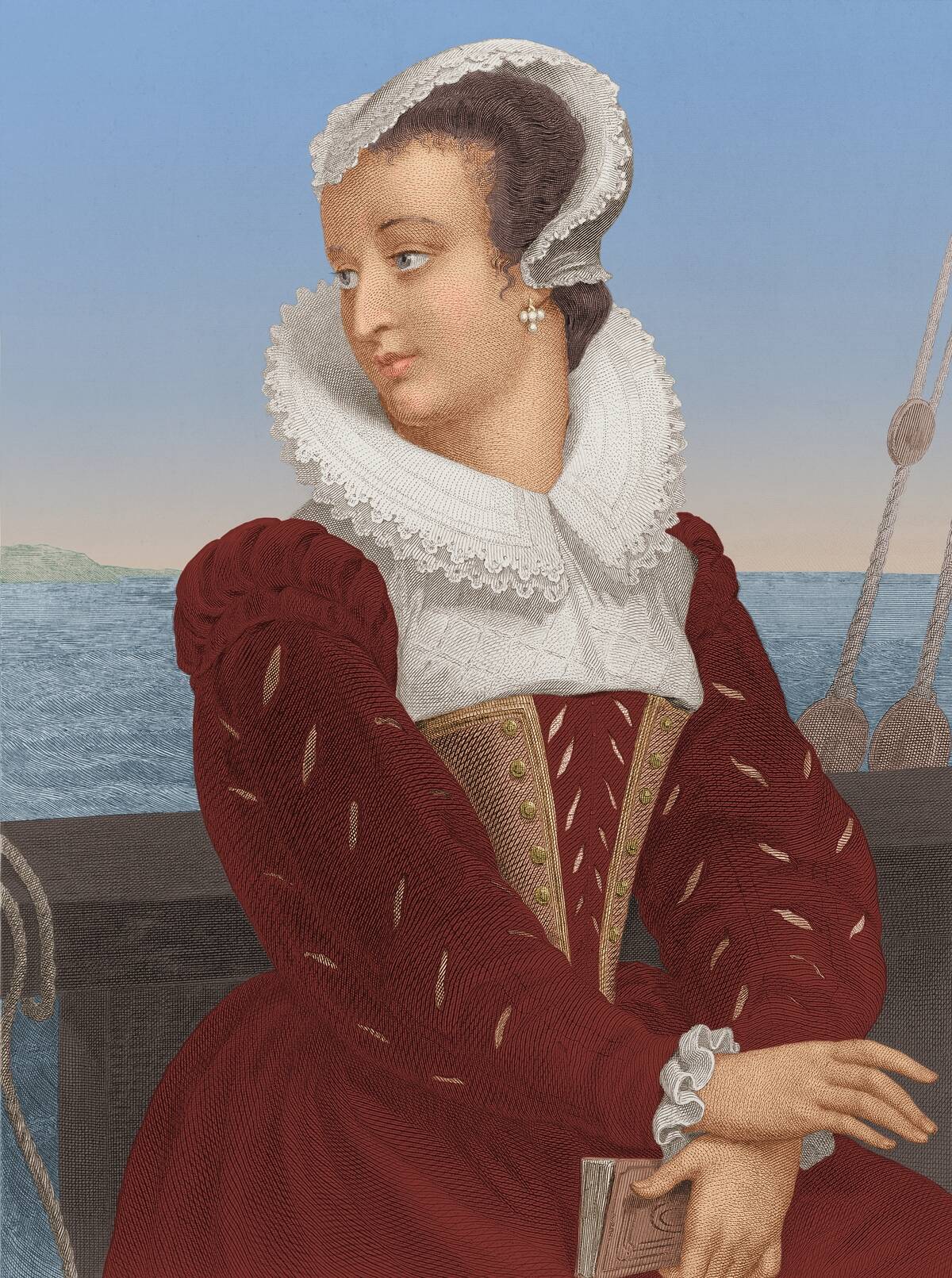
Mary, Queen of Scots, ascended to the throne as an infant in 1542, amidst a tumultuous time for Scotland. Her life was filled with intrigue and political maneuvering, leading to her imprisonment by her cousin, Elizabeth I of England. Despite her intelligence and charm, Mary’s reign was plagued by scandal and rebellion, culminating in her execution in 1587. Her tragic story has been romanticized through the centuries, capturing the imagination of historians and artists alike.
Tsar Ivan the Terrible: Russia’s First Tsar and His Reign of Terror
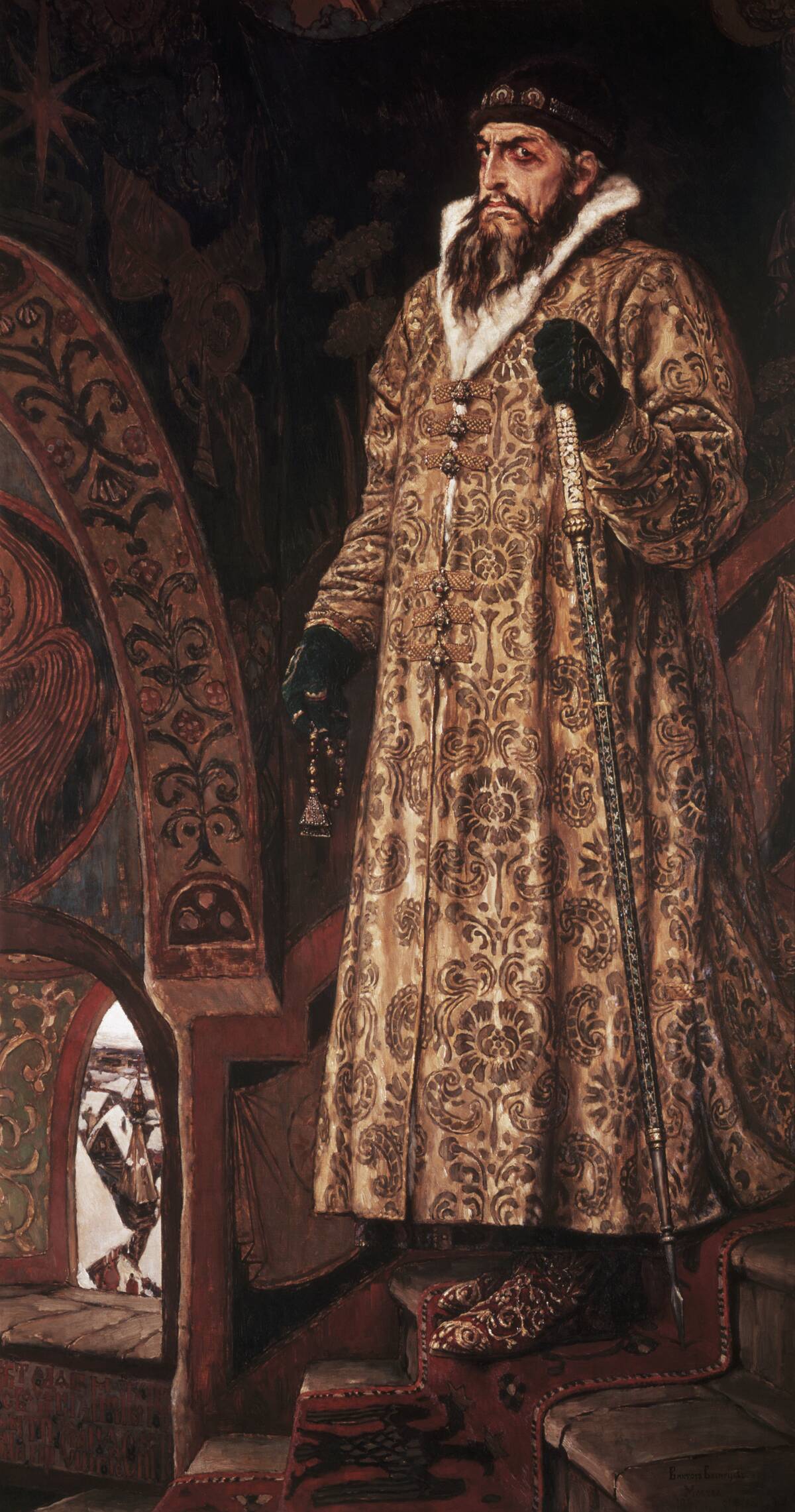
Ivan IV Vasilyevich, known as Ivan the Terrible, was the first ruler to be crowned as Tsar of all Russia in 1547. His reign began with promising reforms but soon descended into tyranny and chaos. Known for his ruthless oprichnina, a policy that involved secret police and mass repression, Ivan’s rule was marked by paranoia and brutality. His violent outbursts included the killing of his own son, an act that has become a symbol of his reign’s madness and devastation.
Charles VI of France: The Mad King and the Hundred Years’ War
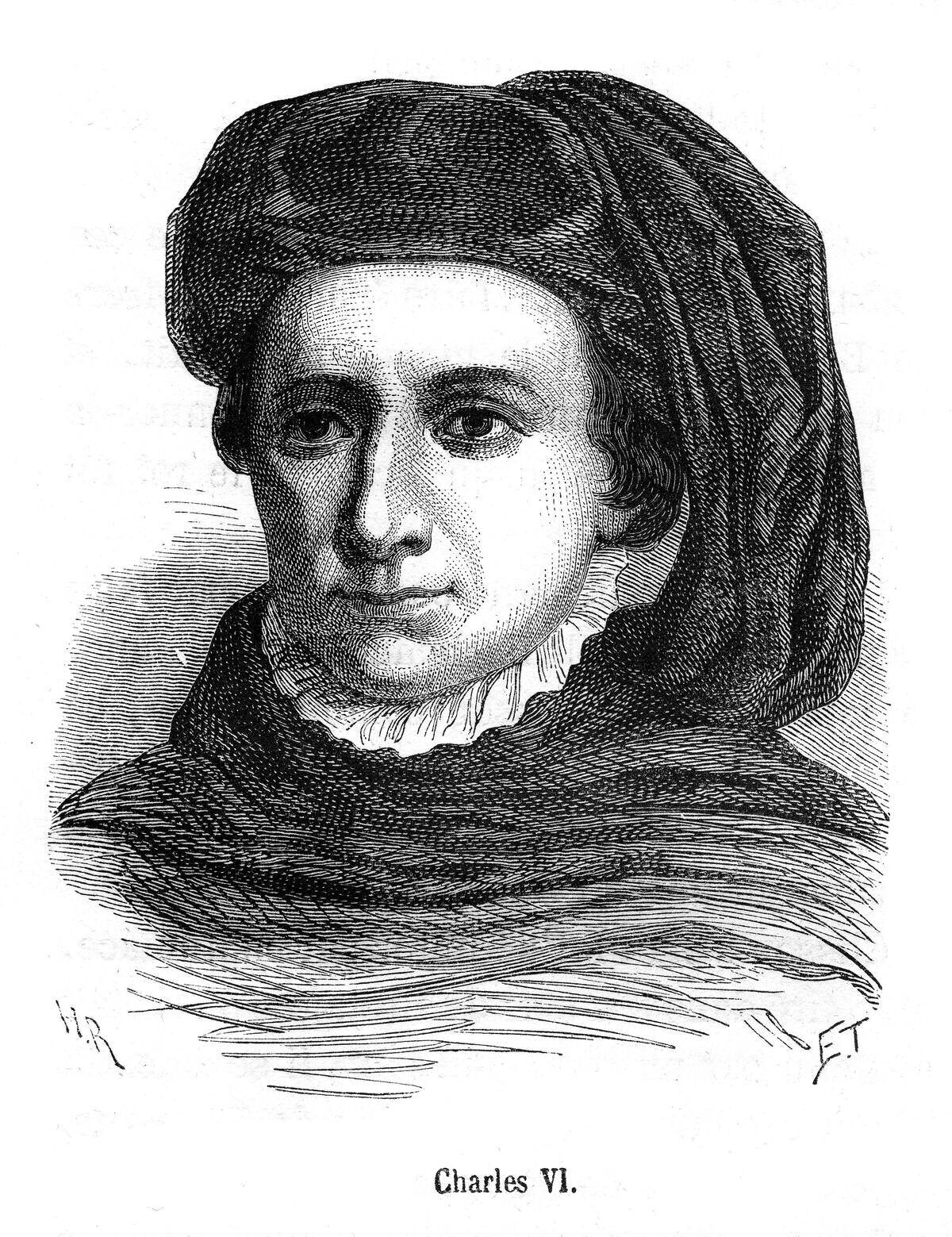
Charles VI of France, known as Charles the Mad, ruled from 1380 to 1422 during the tumultuous period of the Hundred Years’ War. His reign was plagued by bouts of insanity, during which he believed he was made of glass. This mental instability led to political chaos and weakened France’s position against England. The resulting power struggles among the nobility further destabilized the country, contributing to the ongoing conflict that defined his era.
Henry VI of England: The King Who Lost His Throne Twice
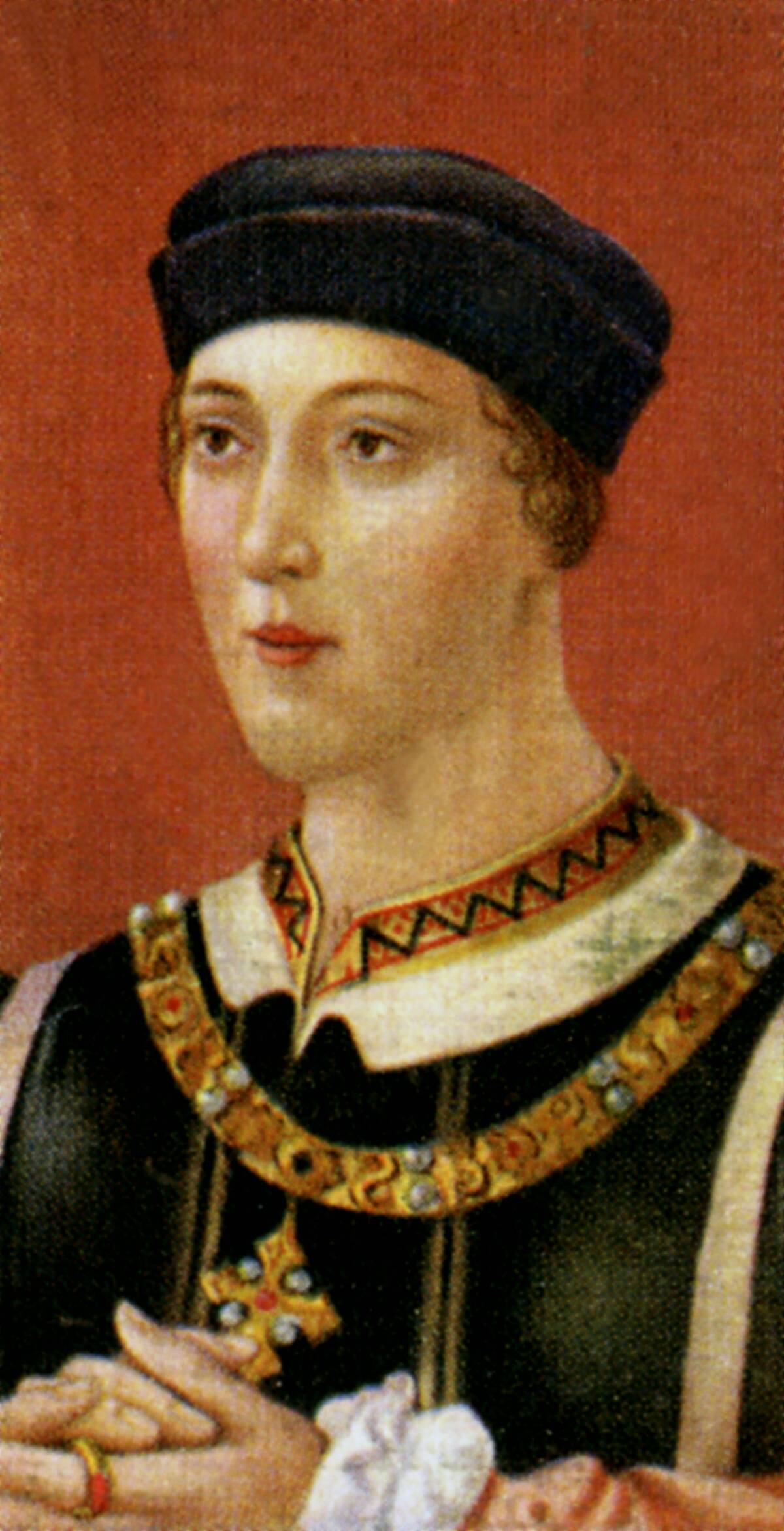
Henry VI of England became king as an infant in 1422, but his reign was fraught with challenges. Known for his gentle nature and piety, Henry was ill-suited for the turbulent politics of the time. The Wars of the Roses, a series of dynastic conflicts, led to his deposition not once, but twice. Henry’s ineffective leadership and bouts of mental illness contributed to the instability, resulting in his imprisonment and eventual assassination in 1471.
Marie Antoinette and Louis XVI: The Royal Duo Who Faced the Guillotine
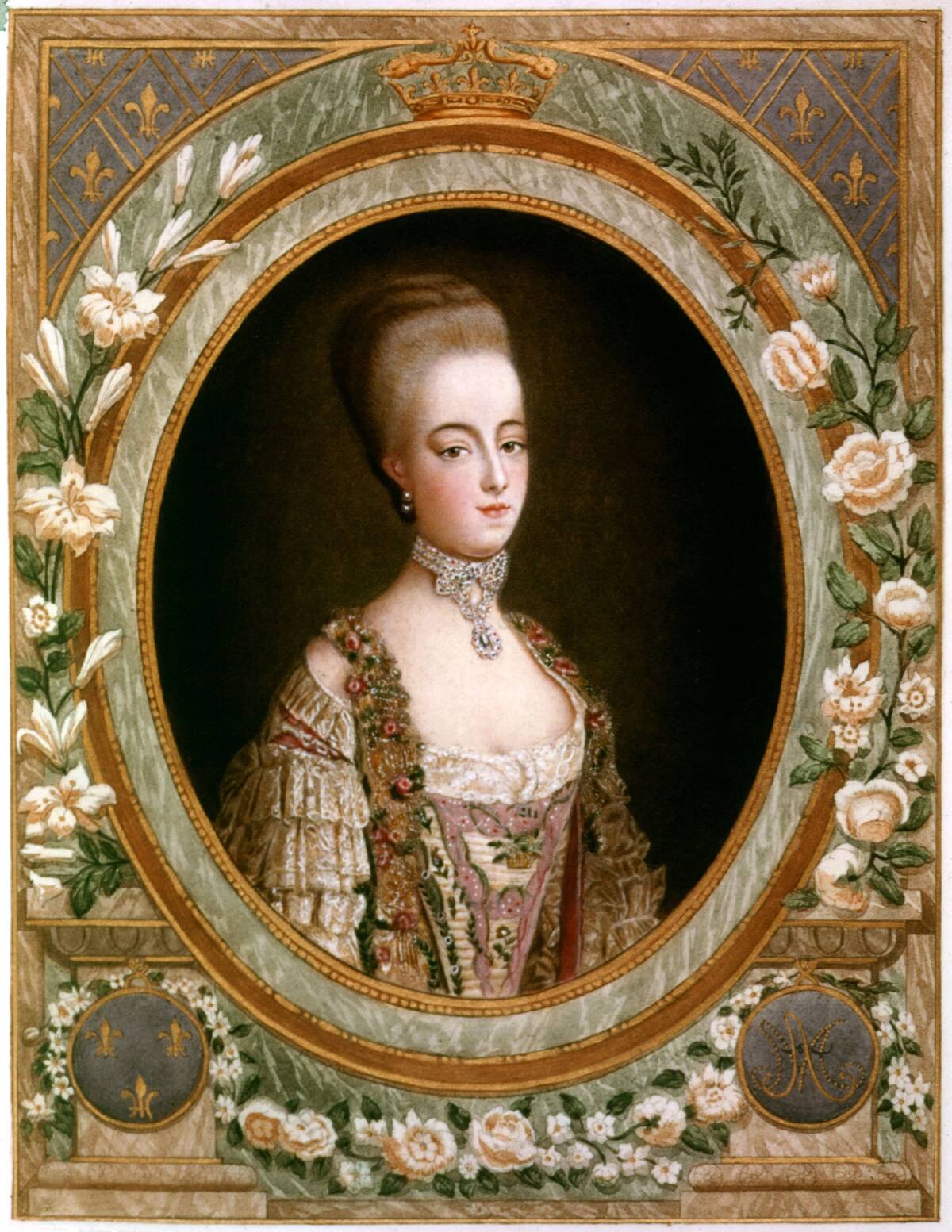
Marie Antoinette and Louis XVI are often remembered as the last monarchs of France before the French Revolution. Their lavish lifestyle and perceived indifference to the struggles of the common people fueled the revolutionary fervor. The infamous phrase “Let them eat cake,” wrongly attributed to Marie, symbolizes their detachment from reality. Both were executed by guillotine in 1793, marking the end of the monarchy and the rise of the First French Republic.
Emperor Maximilian of Mexico: The Austrian Archduke’s Ill-fated Empire
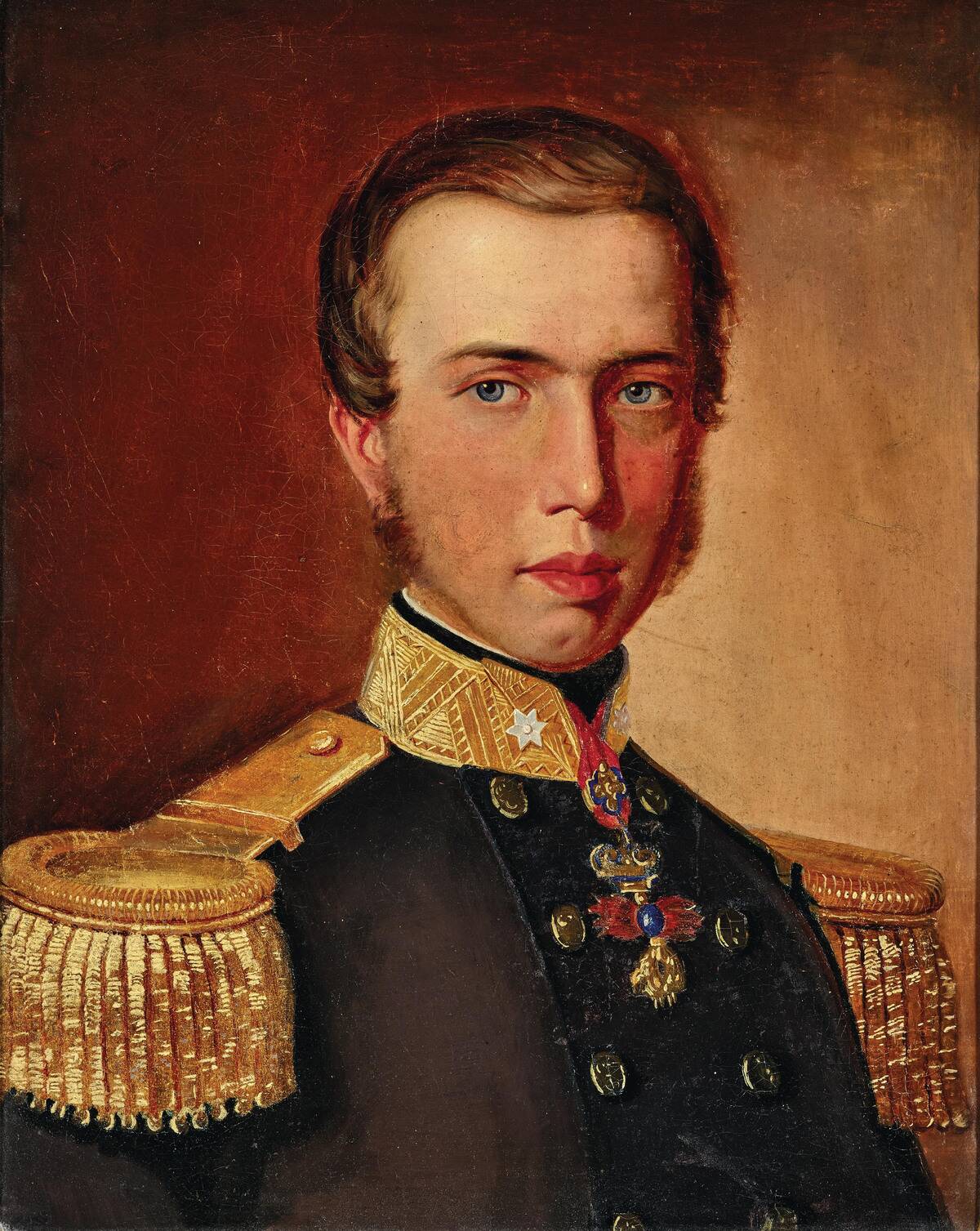
Emperor Maximilian I of Mexico, an Austrian archduke, was installed as emperor during the French intervention in Mexico in 1864. His reign was short-lived, as he faced resistance from Mexican republicans led by Benito Juárez. Despite initial support from Napoleon III of France, Maximilian’s efforts to modernize the country were cut short. Captured and executed in 1867, his tragic end serves as a cautionary tale of foreign intervention and ambition gone awry.
King Leopold II of Belgium: The Tyrant of the Congo

King Leopold II of Belgium is infamous for his brutal exploitation of the Congo Free State from 1885 to 1908. Under the guise of philanthropy, Leopold’s regime was responsible for the deaths of millions of Congolese people due to forced labor and harsh conditions. The international outcry over the atrocities eventually led to the Belgian government taking control of the colony. Leopold’s legacy is a stark reminder of the dark side of colonialism and unchecked power.
Nicholas II of Russia: The Last Tsar and the Fall of the Romanovs
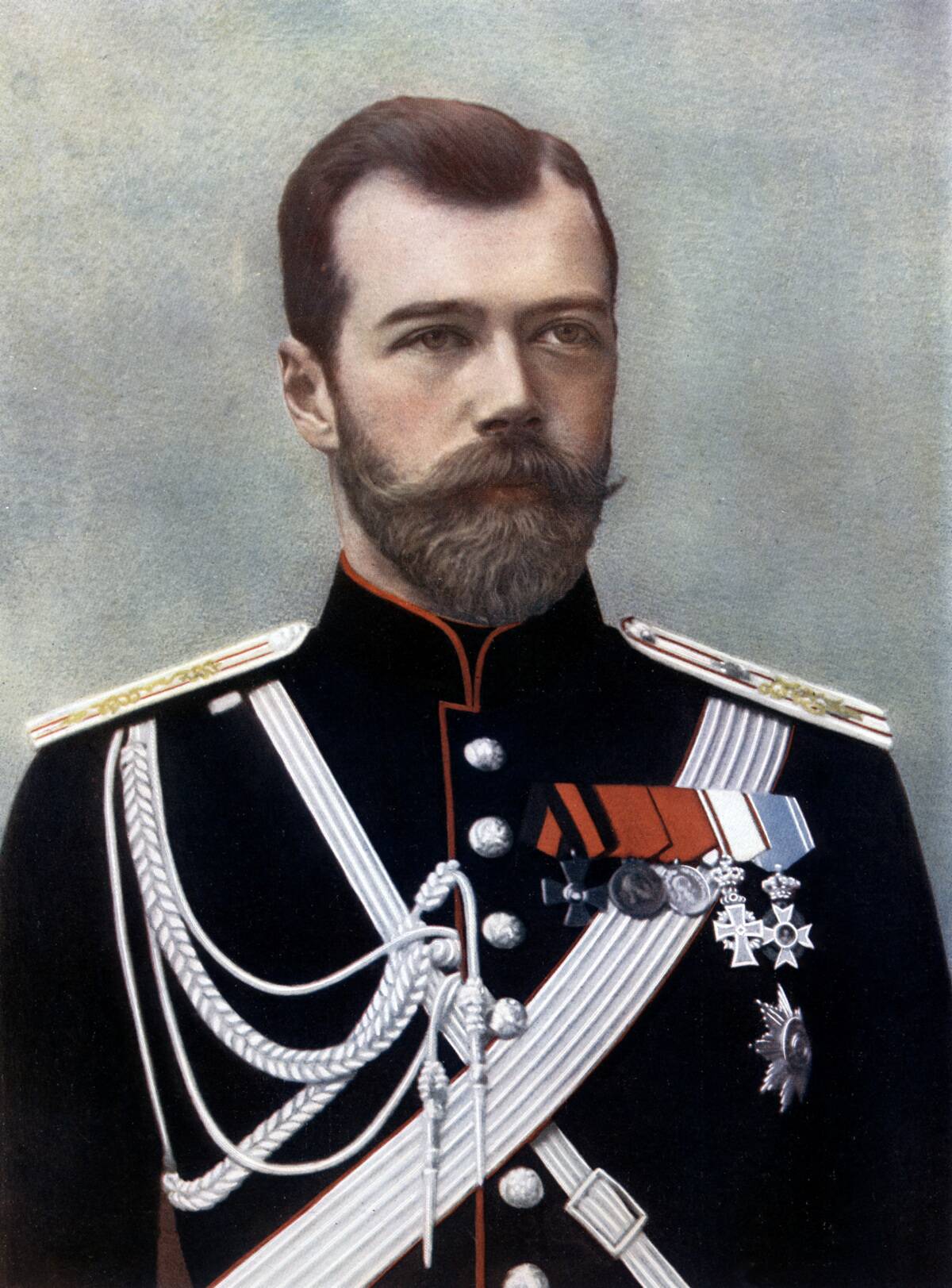
Nicholas II was the last Tsar of Russia, ruling from 1894 until his abdication in 1917. His reign saw the fall of the Russian Empire amidst the turmoil of World War I and the Russian Revolution. Nicholas’s inability to address the political and social upheavals of the time led to his downfall. The Romanov family was executed in 1918, marking the end of a dynasty and the beginning of Soviet rule under Lenin.
Idi Amin: Uganda’s Brutal Dictator
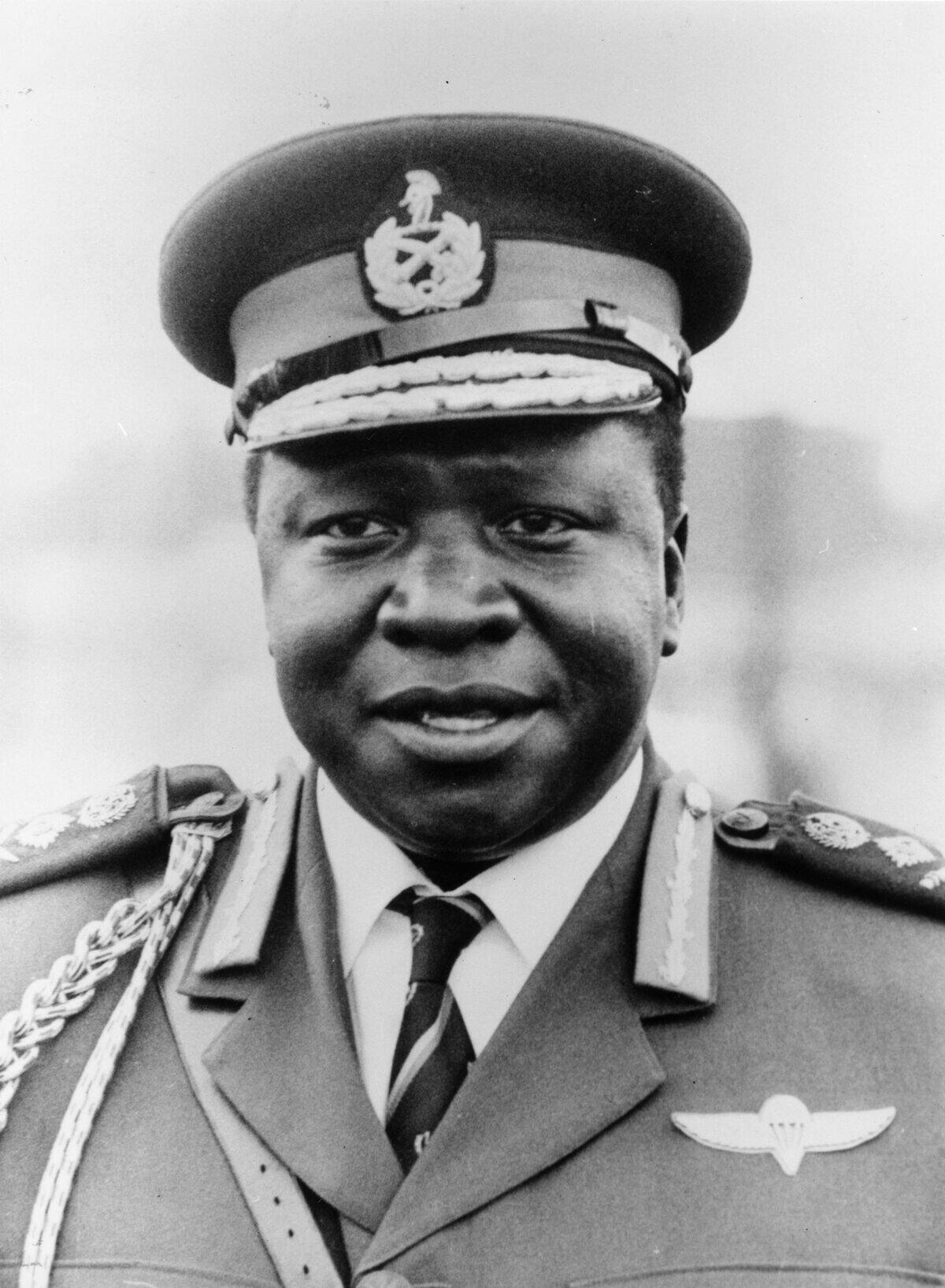
Idi Amin, who ruled Uganda from 1971 to 1979, is remembered as one of Africa’s most ruthless dictators. His regime was characterized by human rights abuses, ethnic persecution, and economic mismanagement. Amin’s expulsion of Asians from Uganda in 1972 devastated the economy, and his erratic policies led to widespread suffering. His overthrow in 1979 by Tanzanian forces and Ugandan exiles marked the end of a brutal chapter in Uganda’s history.
Emperor Bokassa of the Central African Republic: From Soldier to Self-Crowned Emperor

Jean-Bédel Bokassa, a former French army officer, declared himself Emperor of the Central African Empire in 1976. His extravagant coronation ceremony, modeled after Napoleon’s, cost an estimated $20 million, a staggering amount for the impoverished nation. Bokassa’s rule was marked by brutality and corruption, leading to his overthrow in 1979. His self-proclaimed empire lasted only three years, serving as a testament to the dangers of unchecked ambition and megalomania.
Muammar Gaddafi: Libya’s Long-Reigning and Controversial Leader
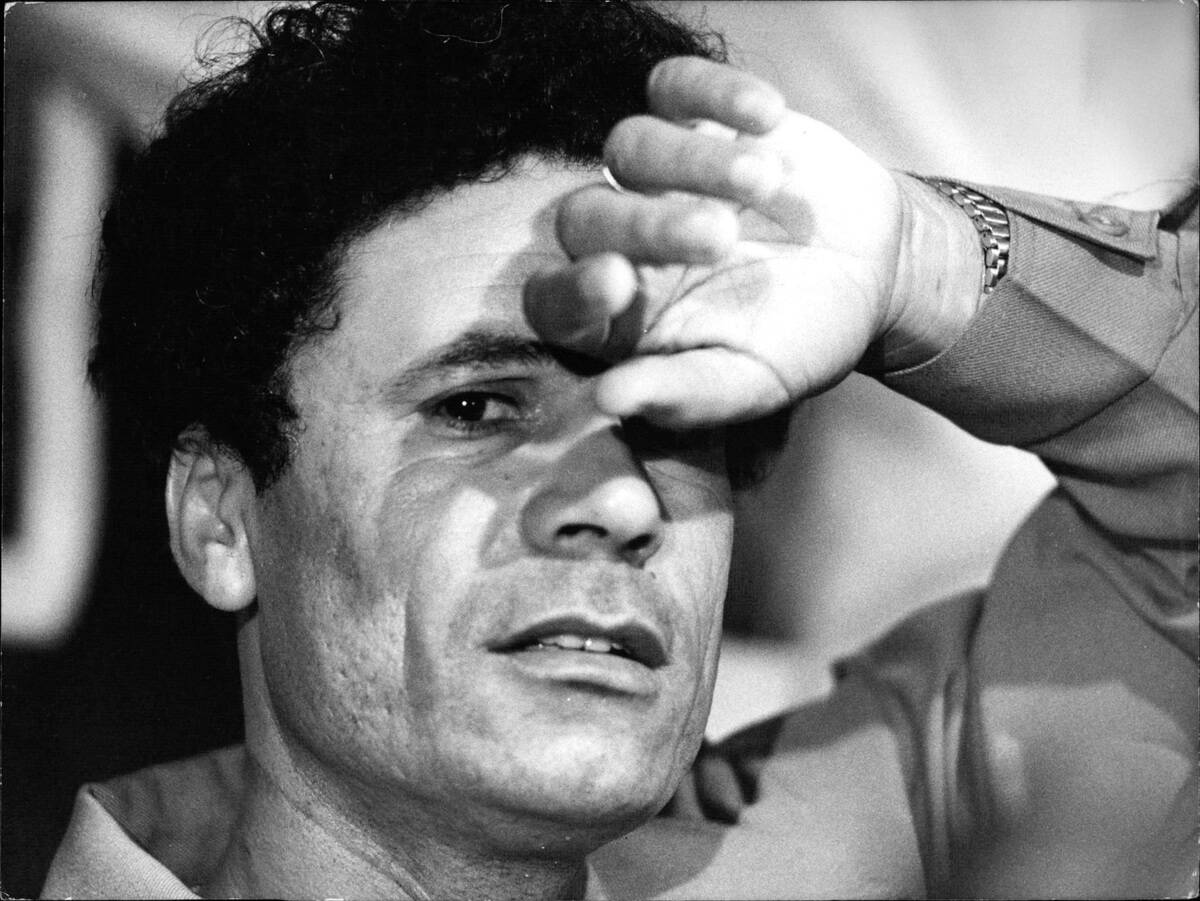
Muammar Gaddafi seized power in Libya in 1969 and ruled for over four decades. Known for his flamboyant personality and eccentric policies, Gaddafi’s regime was marked by human rights abuses and international controversies. His vision of a “United States of Africa” and promotion of an Islamic socialist state were overshadowed by his oppressive rule. Gaddafi’s death in 2011 during the Libyan Civil War marked the end of his controversial reign and left Libya in a state of political turmoil.




